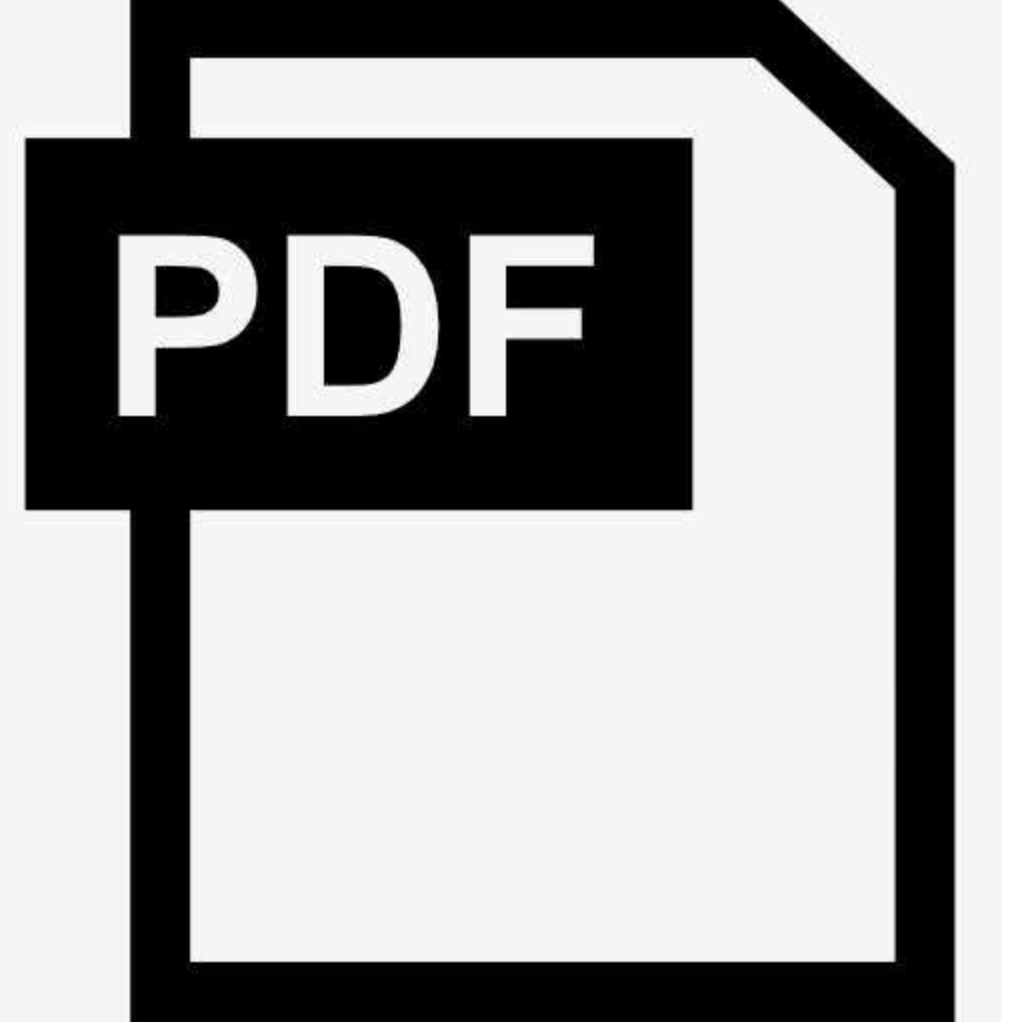Adding seemingly uninformative labels helps in low data regimes
Christos Matsoukas,u00a0Albert Bou Hernandez,u00a0Yue Liu,u00a0Karin Dembrower,u00a0Gisele Miranda,u00a0Emir Konuk,u00a0Johan Fredin Haslum,u00a0Athanasios Zouzos,u00a0Peter Lindholm,u00a0Fredrik Strand,u00a0Kevin Smith
Evidence suggests that networks trained on large datasets generalize well not solely because of the numerous training examples, but also class diversity which encourages learning of enriched features. This raises the question of whether this remains true when data is scarce - is there an advantage to learning with additional labels in low-data regimes? In this work, we consider a task that requires difficult-to-obtain expert annotations: tumor segmentation in mammography images. We show that, in low-data settings, performance can be improved by complementing the expert annotations with seemingly uninformative labels from non-expert annotators, turning the task into a multi-class problem. We reveal that these gains increase when less expert data is available, and uncover several interesting properties through further studies. We demonstrate our findings on CSAW-S, a new dataset that we introduce here, and confirm them on two public datasets.


